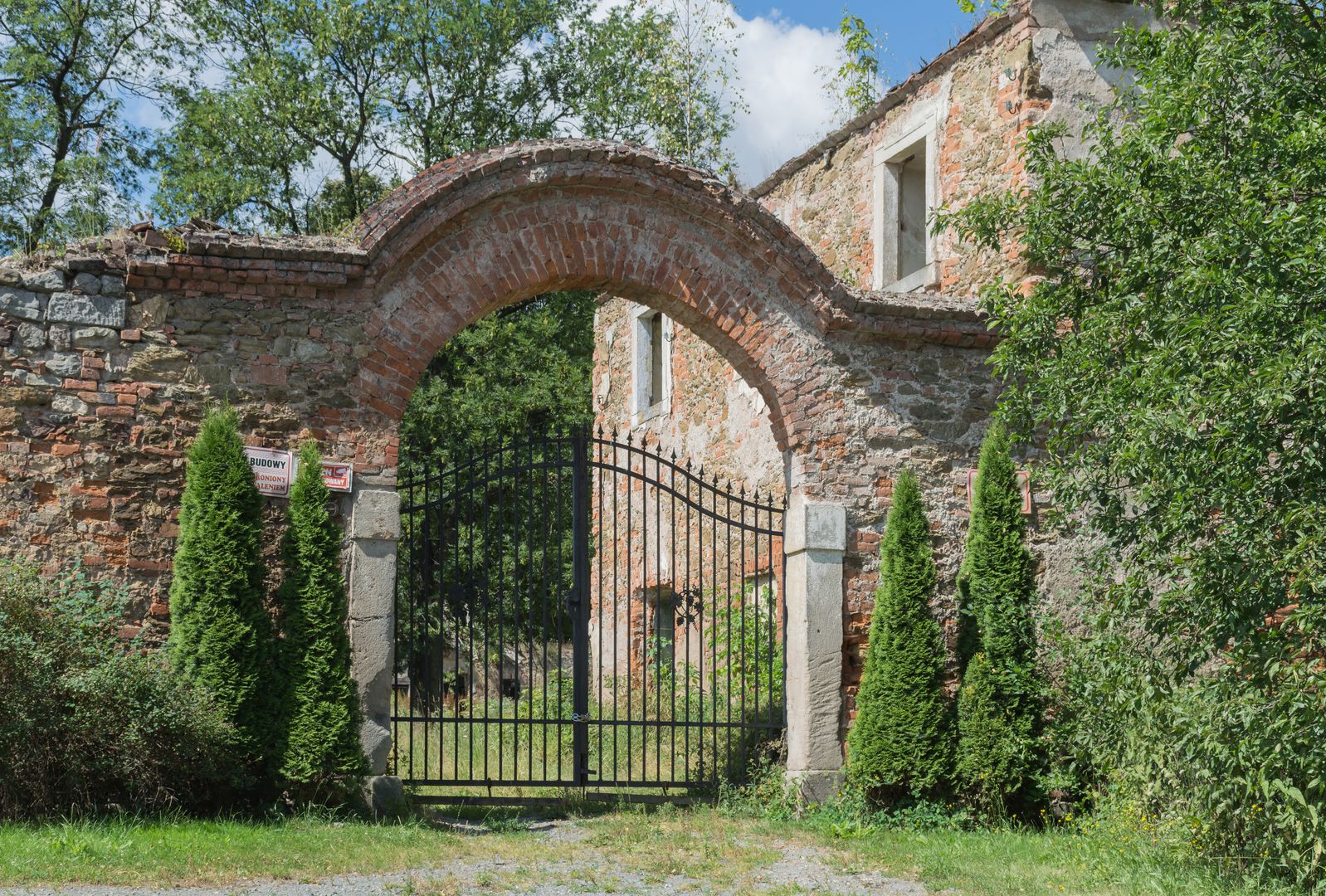Korytów
6.33

Overview
Korytów is one of the oldest villages in the Kłodzko region, with origins dating back to pre-location times. Built as a typical Slavic oval-shaped settlement, the village gradually transformed into a multi-street layout. Although it never had its own church, the residents belonged to the parish in Kłodzko, and in 1291, the Czech King Wenceslaus II granted the tithes from Korytów to the Kłodzko temple. In the 14th century, there was a free judgeship here, and its owners changed frequently. The village did not develop significantly due to limited arable land, and the number of farms hovered around 16 in 1653. In the 18th century, a palace was built, which underwent subsequent renovations, including in the 19th century. Despite its beautiful palace grounds and park, Korytów never became a popular tourist destination, mainly due to its small size and location in the Kłodzko Valley. After World War II, the village changed when it was taken over by the State Agricultural Farm, leading to its decline. Recent years have brought some hope, as the palace was purchased by Małgorzata and Michał Adamczewski, who are attempting to modernize it and organize local festivals. Korytów is home to several historical monuments, including an 18th-century palace complex and Baroque statues. The predominantly Catholic residents are attached to traditions, and younger generations attend school in Bierkowice. The village's economy is mainly based on agriculture, despite a decline in the number of farms. Korytów lacks developed commercial and service infrastructure. Over the years, the population has decreased, and the village was incorporated into the Kłodzko municipality. Transport in Korytów is limited, but bus services are available, and it is close to the railway station in Bierkowice. Local fire and police units ensure safety in the area. Interestingly, despite its rich historical heritage, Korytów remains a little-known and rarely visited tourist destination.
Location
2025 Wizytor | All Rights Reserved